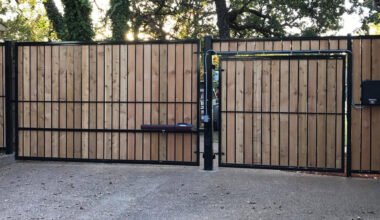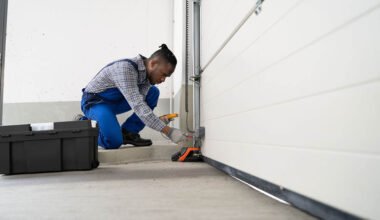Downsizing often evokes images of cramped living quarters and difficult decisions about which belongings to keep. But there’s more to downsizing than merely reducing square footage. It can be an intentional move toward simplicity, efficiency, and deeper family connections. By choosing to live more simply, families often find themselves closer, less stressed, and more appreciative of one another.
Practical Moving Tips for Downsizing
Downsizing begins long before moving day. Effective planning is essential. Start early and involve every family member, giving each person a sense of ownership in the process. Together, sort through your possessions, categorizing them into items you’ll keep, donate, sell, or discard. Organize a garage sale or utilize online marketplaces to turn unwanted items into extra cash.
Measure your new space accurately. Understanding your home’s layout helps decide what furniture and belongings realistically fit. If you’re unsure how to tackle the move, professional cross-country movers can assist with the logistics, ensuring a smooth and efficient relocation. Label boxes when packing and set aside essentials in a separate kit. This makes unpacking more straightforward and reduces the chaos of moving day.
Benefits of Downsizing for Families
When you live in a smaller space, family interactions tend to increase naturally. Open areas become common meeting grounds rather than isolating everyone in separate rooms. Families often experience reduced stress as fewer belongings mean fewer chores and less maintenance.
Downsizing also typically leads to significant financial savings, allowing for the redirection of spending toward meaningful experiences and family activities, rather than possessions.
How Less Space Leads to Stronger Bonds
Less space means family members naturally interact more frequently. Shared rooms and common areas promote conversations, shared activities, and spontaneous interactions that foster stronger relationships. Children feel more connected and safer when parents are easily accessible. Additionally, smaller spaces encourage cooperation and compromise, teaching essential life skills such as negotiation and teamwork.
Embracing Minimalism as a Family
Adopting a minimalist approach doesn’t need to be harsh or restrictive. Make the transition enjoyable by involving your children and clearly explaining the benefits to them. Ask them to make thoughtful decisions about their belongings, teaching them responsibility and discernment from an early age. To sustain minimalism, cultivate simple habits such as regular decluttering days, making mindful purchasing decisions, and prioritizing experiences over possessions. This helps ensure that the family continues to value simplicity in the long term.
Common Challenges and How to Overcome Them
Privacy can be a concern in smaller homes. Designating personal spaces and setting clear boundaries helps ensure everyone feels respected. Families may also struggle with sentimental attachments to possessions. Address this by encouraging family members to keep only a few cherished items that truly bring joy.
Communication is crucial when navigating downsizing. Listen openly to family members’ concerns and discuss potential compromises. Maintaining patience and mutual respect can help resolve possible conflicts before they escalate and become more significant.
Conclusion
Downsizing is more than just a physical relocation; it’s a deliberate choice that strengthens family bonds and enriches everyday living. By reducing the clutter in your home and life, your family can discover greater happiness, financial freedom, and deeper relationships. Consider downsizing not just as a practical move, but as an intentional step toward creating lasting family connections and a more meaningful life.






